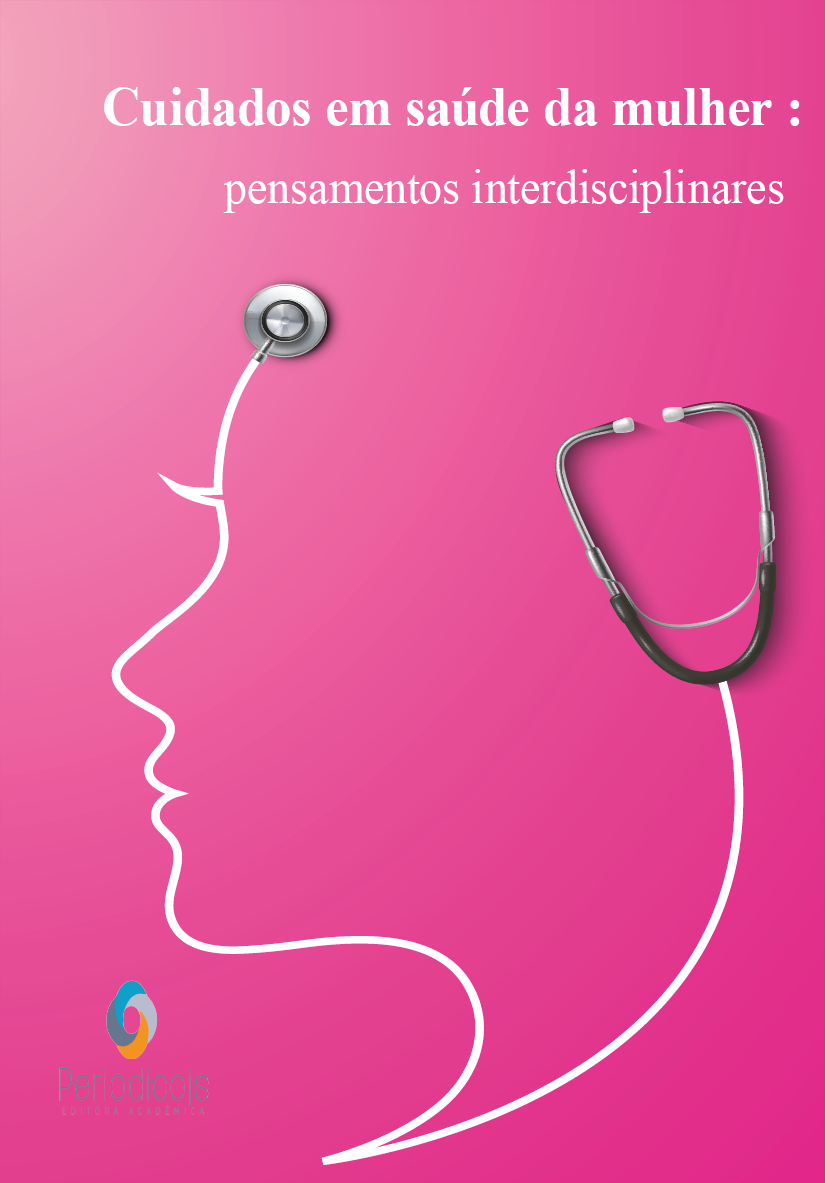Abstract
Pregnancy is a physiological process that causes physical and emotional changes in the mother’s body. However, the gestational period may be accompanied by emergency complications, capable of causing an imminent threat of death to maternal and/or fetal life, contributing to the increasing mortality rate in this population. Maternal morbidity and mortality is considered a public health problem and a challenge for health services in Brazil, in which the main obstetric emergencies involve conditions such as hypertensive syndromes during pregnancy, postpartum hemorrhages, infections, abortion, among others that occur during pregnancy. pregnancy, childbirth and postpartum. Hypertensive syndromes are in second place in causes of maternal mortality, second only to hemorrhages, which are one of the main causes of mortality in the world.
References
AMERICAN COLLEGE OF OBSTETRICIANS AND GYNECOLOGISTS. Committee on Practice BulletinsObstetrics. Practice Bulletin No. 183: Postpartum hemorrhage. Obstet Gynecol. 2017; 130(4):e168-86. Disponível em: doi: 10.1097/AOG.0000000000002351
BARBOZA, E. M. O. et al. Urgência Subjetiva em Emergência Obstétrica de Alto Risco: Um Estudo Psicanalítico. Revista Subjetividades, v. 19, n. 3, p. 20, 2019.
CANNON, C.M. et al. Utility of the shock index in predicting mortality in traumatically injured patients. J Trauma. 2009; 67(6):1426-30. Disponível em: doi: 10.1097/TA.0b013e3181bbf728
LILLEY, G. et al. Measurement of blood loss during postpartum haemorrhage. Int J Obstet Anesth. 2015 ; 24(1):8-14. Disponível em: doi: 10.1016/j.ijoa.2014.07.009
LIU, Y. et al. Clinical assessment indicators of postpartum hemorrhage: a systematic review. Chin Nurs Res. 2017; 4 (4):170-7. Disponível em: doi: 10.1016/j. cnre.2017.10.003
LIVEIRA, N. et al. HEMORRAGIA PÓS-PARTO: ATUALIZAÇÕES SOBRE O MANEJO TERAPÊUTICO E SUA PREVENÇÃO. RECIMA21 - Revista Científica Multidisciplinar - ISSN 2675-6218, v. 4, n. 3, p. e432877, 2023.
NATHAN, H.L. et al. Shock index: an effective predictor of outcome in postpartum haemorrhage? BJOG. 2015; 122(2):268-75. Disponível em: doi: 10.1111/1471-0528.13206
OPAS. Organização Pan-americana da Saúde. Recomendações assistenciais para prevenção, diagnóstico e tratamento da hemorragia obstétrica. Brasília (DF): Opas; 2018.
OPAS. Organização Pan-Americana da Saúde. Recomendações assistenciais para prevenção, diagnóstico e tratamento da hemorragia obstétrica. Brasília: OPAS; 2018
RICHTER HUMMEL, J. et al. Emergências obstétricas: estudo de caso múltiplo em terapia intensiva / Obstetric emergencies: multiple case study in intensive care. Journal of Nursing and Health, v. 12, n. 2, 2022.
SILVA, A. C. D. DA et al. Cotidiano do enfermeiro nas emergências obstétricas no atendimento pré-hospitalar móvel. E-Acadêmica, v. 3, n. 2, p. e2332174, 2022.
SILVA, M. A. B. DA et al. Condutas do Enfermeiro em Situações de Urgências e Emergências Obstétricas / Nurse’s Conduct in Situations of Obstetric Urgency and Emergencies. ID on line REVISTA DE PSICOLOGIA, v. 15, n. 56, p. 137–152, 2021.
SOSA, C.G.; ALTHABE, F.; BELIZÁN J.M.; BUEKENS, P. Risk factors for postpartum hemorrhage in vaginal deliveries in a Latin-American population. Obstet Gynecol. 2009;113(6):1313-9. Disponível em: doi:10.1097/AOG.0b013e3181a66b05
VIEIRA, H. E. A.; MAIA, M. H. O.; SANTOS, K. C. A. S. A. DOS. Condutas do enfermeiro frente ao acolhimento e classificação de risco em urgências e emergências obstétricas: Uma revisão integrativa. Research, Society and Development, v. 12, n. 14, p. e86121443859, 2023.
WOMAN TRIAL COLLABORATORS. Effect of early tranexamic acid administration on mortality, hysterectomy, and other morbidities in women with post-partum haemorrhage (WOMAN): an international, randomised, double blind, placebo-controlled trial. Lancet. 2017; 389(10084):2105-16. Disponível em: doi: 10.1016/S01406736 (17)30638-

